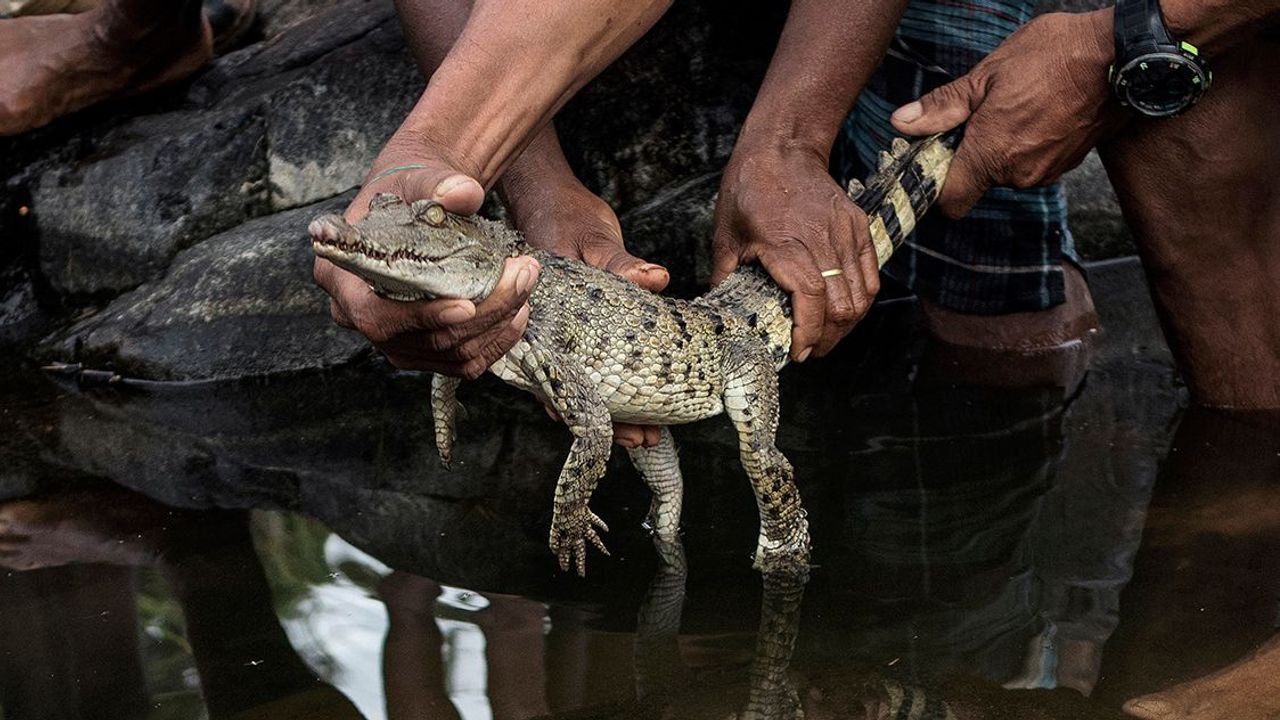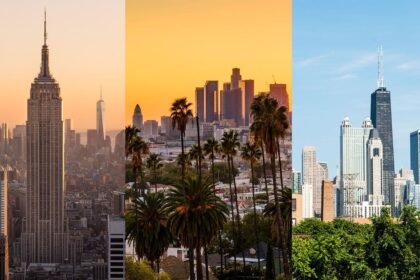Philippine Crocodile Conservation: Saving a Species from Misconception and Extinction
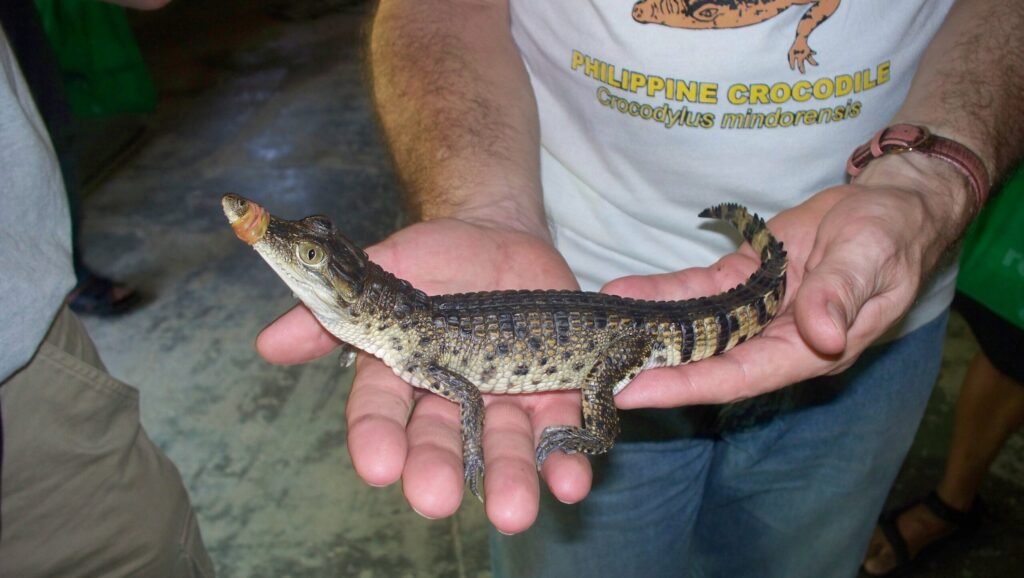
In the rain-soaked forests of the Philippines’ Sierra Madre, Philippine crocodile conservation efforts are gaining momentum. Conservationists are working to save one of the world’s rarest reptiles — the Philippine crocodile (Crocodylus mindorensis). These small freshwater crocodiles are critically endangered. They are often feared and misunderstood. Fewer than 125 remain in the wild. Now, scientists and indigenous communities are joining forces to change that.
Restoring the Balance: Rewilding the Philippine Crocodile
Once found throughout the Philippine archipelago, the species has suffered a steep population drop. Habitat destruction, illegal hunting, and fear-driven killings pushed them to the brink. By the 1990s, only about 100 crocodiles remained. They were mainly isolated in Luzon and Mindanao.
In response, captive breeding programs began in the 1980s, led by Silliman University. Early rewilding efforts failed, but recent strategies are showing better results. These combine habitat restoration with local education. By 2021, some released crocodiles began reproducing on their own — a major milestone.
Indigenous Wisdom Meets Modern Science
The Mabuwaya Foundation partners with Agta and Kalinga communities in the north. Their conservation model blends cultural heritage with science. In the past, many locals saw crocodiles as sacred. Some even called them “Nono,” meaning grandfather.
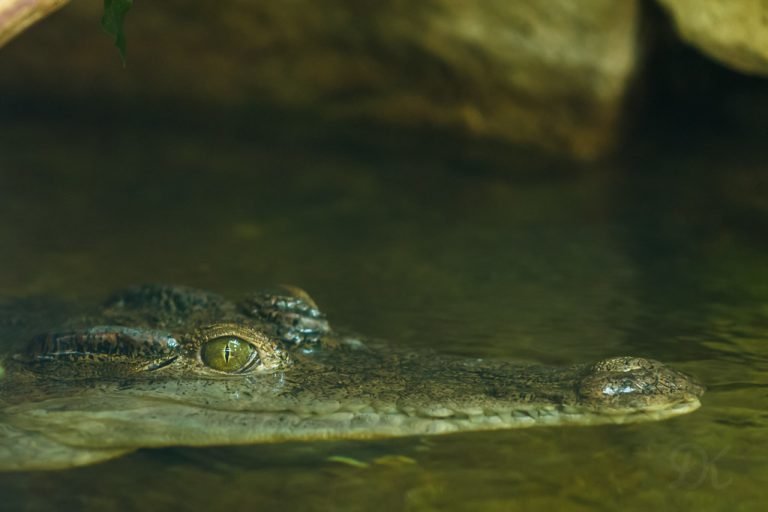
That reverence is returning. Together, these communities have created eight crocodile sanctuaries. In these protected zones, hunting and fishing are banned. Indigenous and non-indigenous volunteers, called Bantay Santuwaryo, act as stewards. They patrol rivers, guard nests, and protect young crocodiles during their early, fragile months.
Changing the Narrative: From Monster to National Treasure
Crocodiles still suffer from harmful stereotypes. They’re often seen as man-eaters. But conservation campaigns are working to change this. Puppet shows, radio programs, school visits, and crocodile mascots are helping shift public opinion. Young people especially are learning that crocodiles are not villains. In fact, they’re key to healthy river ecosystems.
For Agta elder Marshall Magas, saving the crocodile is personal. It’s not just about wildlife — it’s about saving traditional fishing, foraging, and spiritual practices.
Hope for the Future
Thanks to conservation efforts, the wild population has grown to around 125 crocodiles. This includes 17 adults and 41 juveniles. Head-starting programs, which raise hatchlings in safety before release, now show success rates of up to 79%.
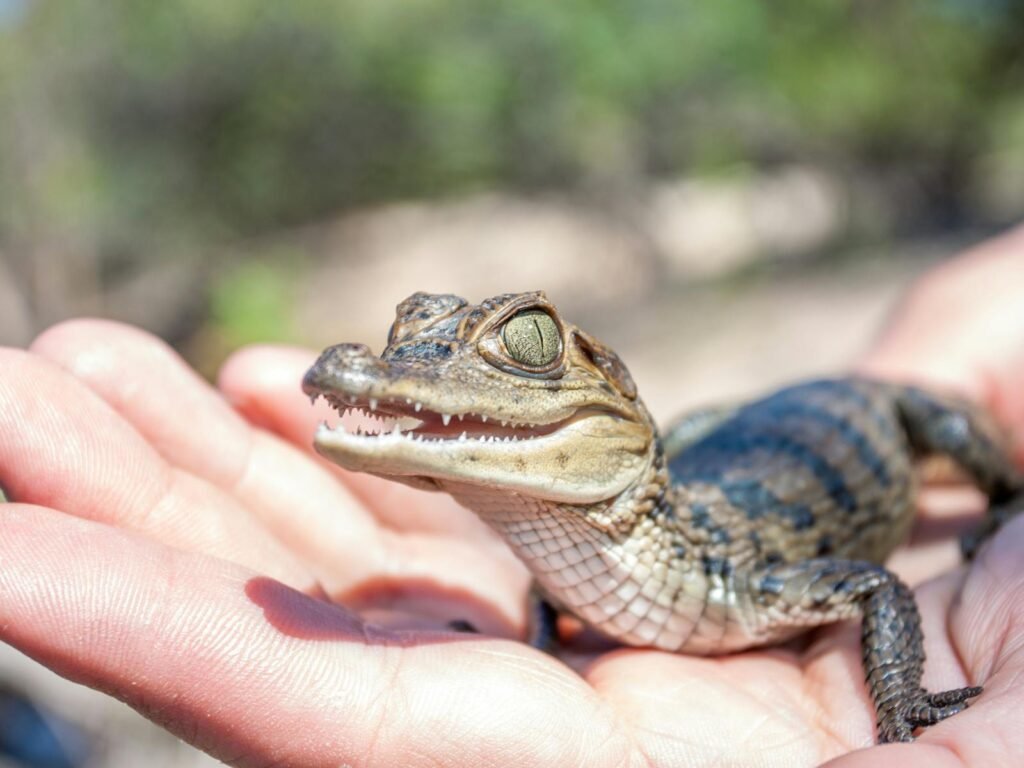
The species isn’t safe yet — but momentum is growing. Leaders like Bernard Tarun and Marites Gatan-Balbas once feared crocodiles. Now, they see them as symbols of resilience and pride.
As Gatan-Balbas says:
“Philippine crocodile — something to be proud of.”
